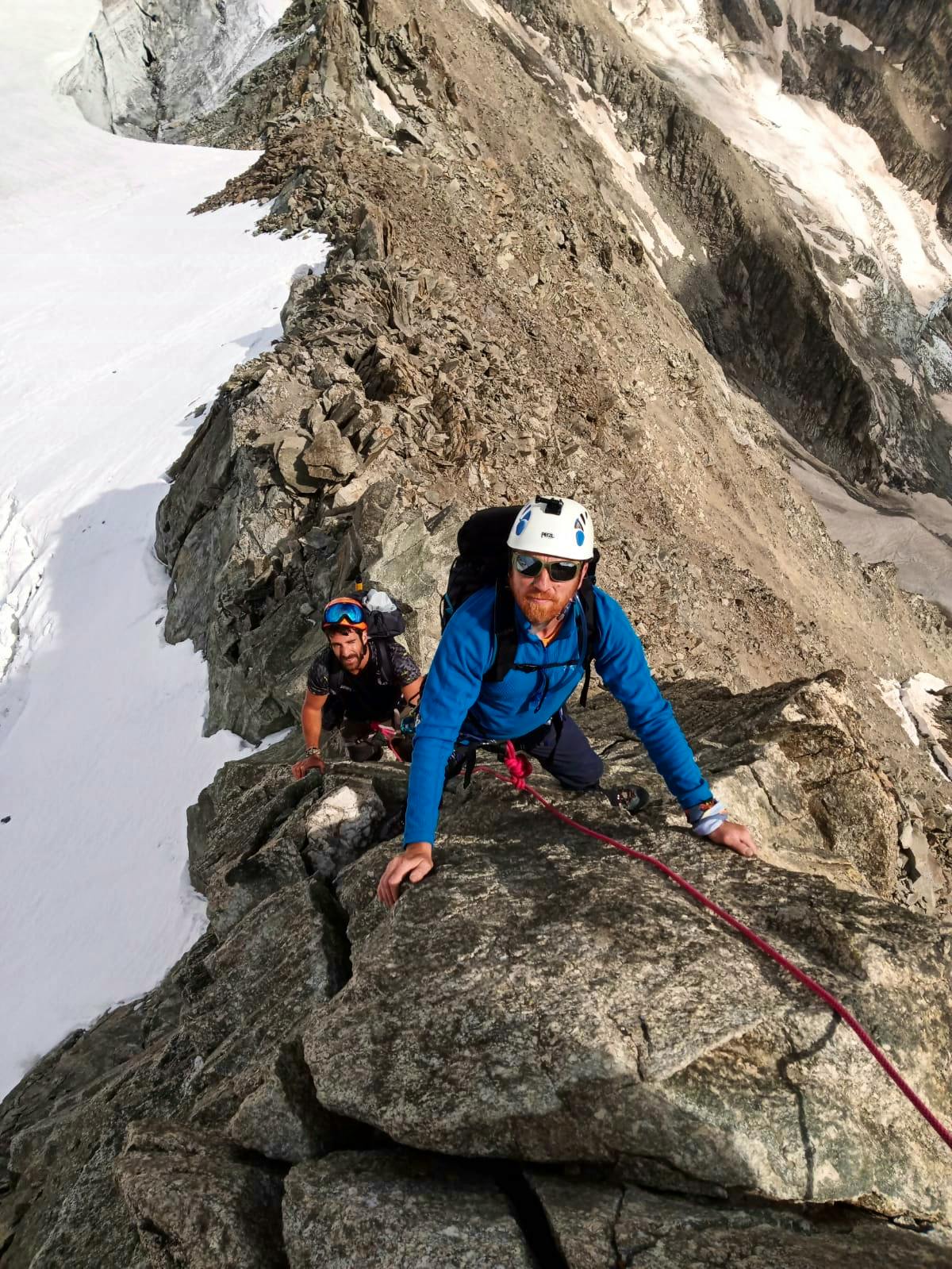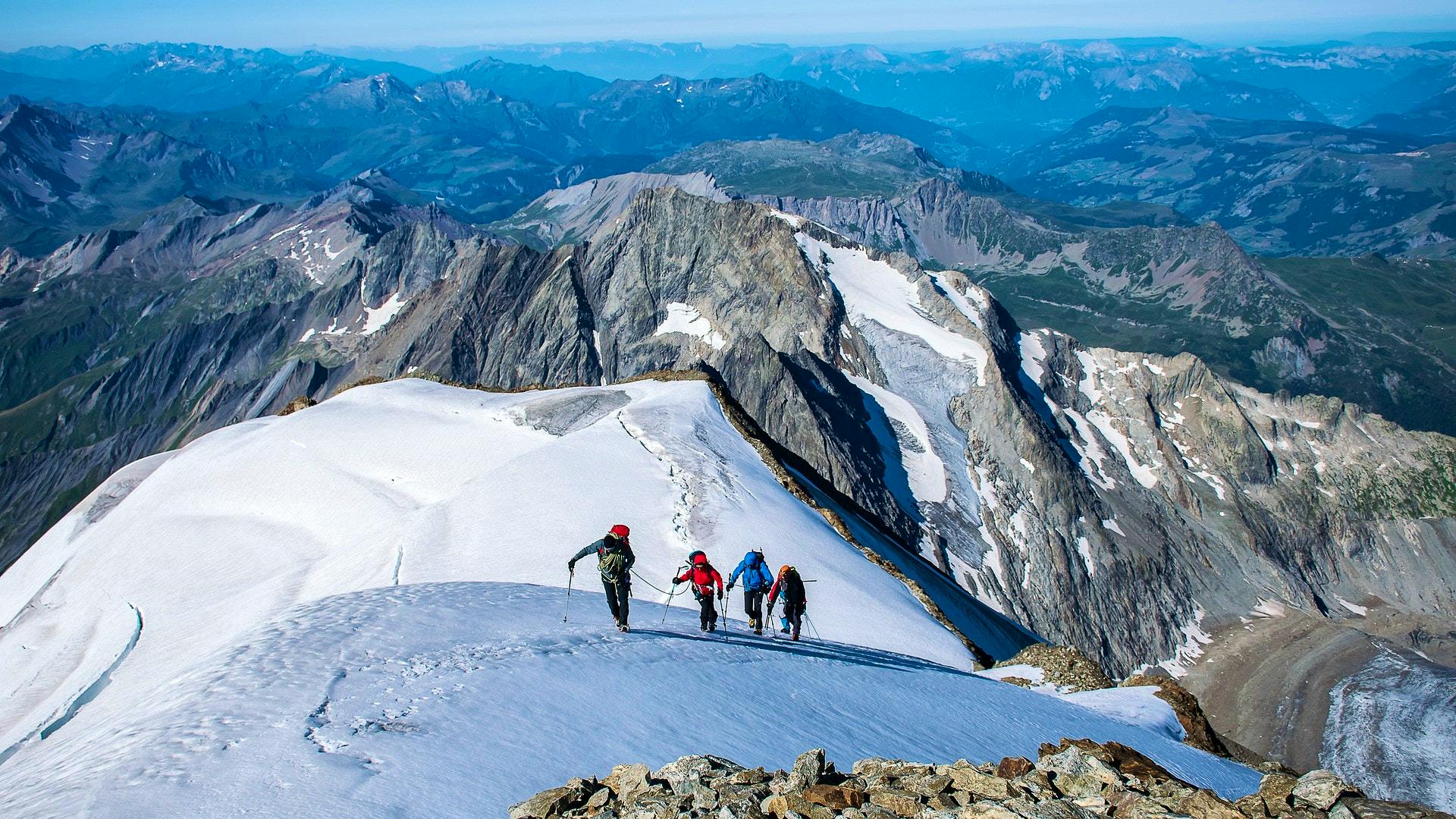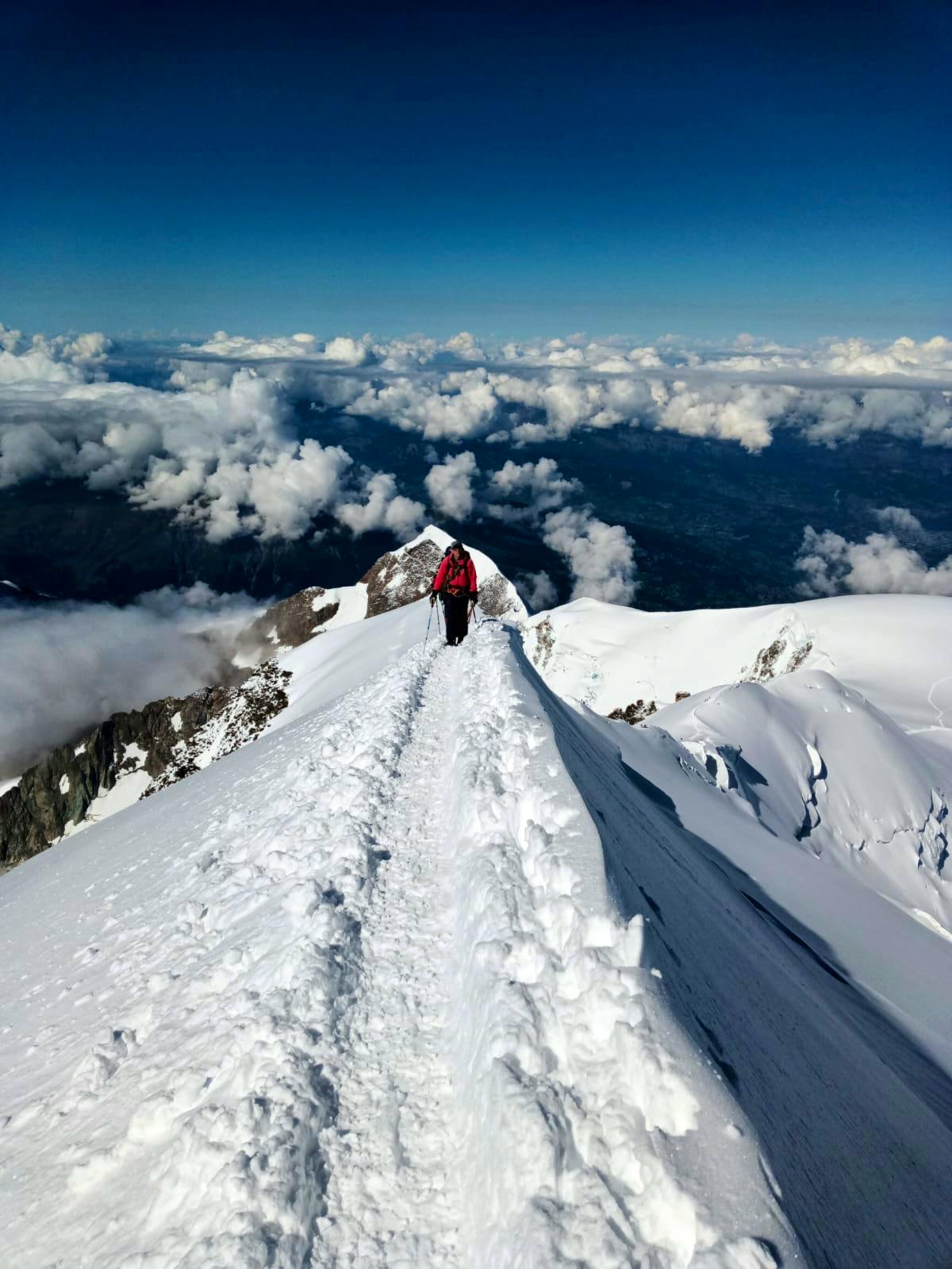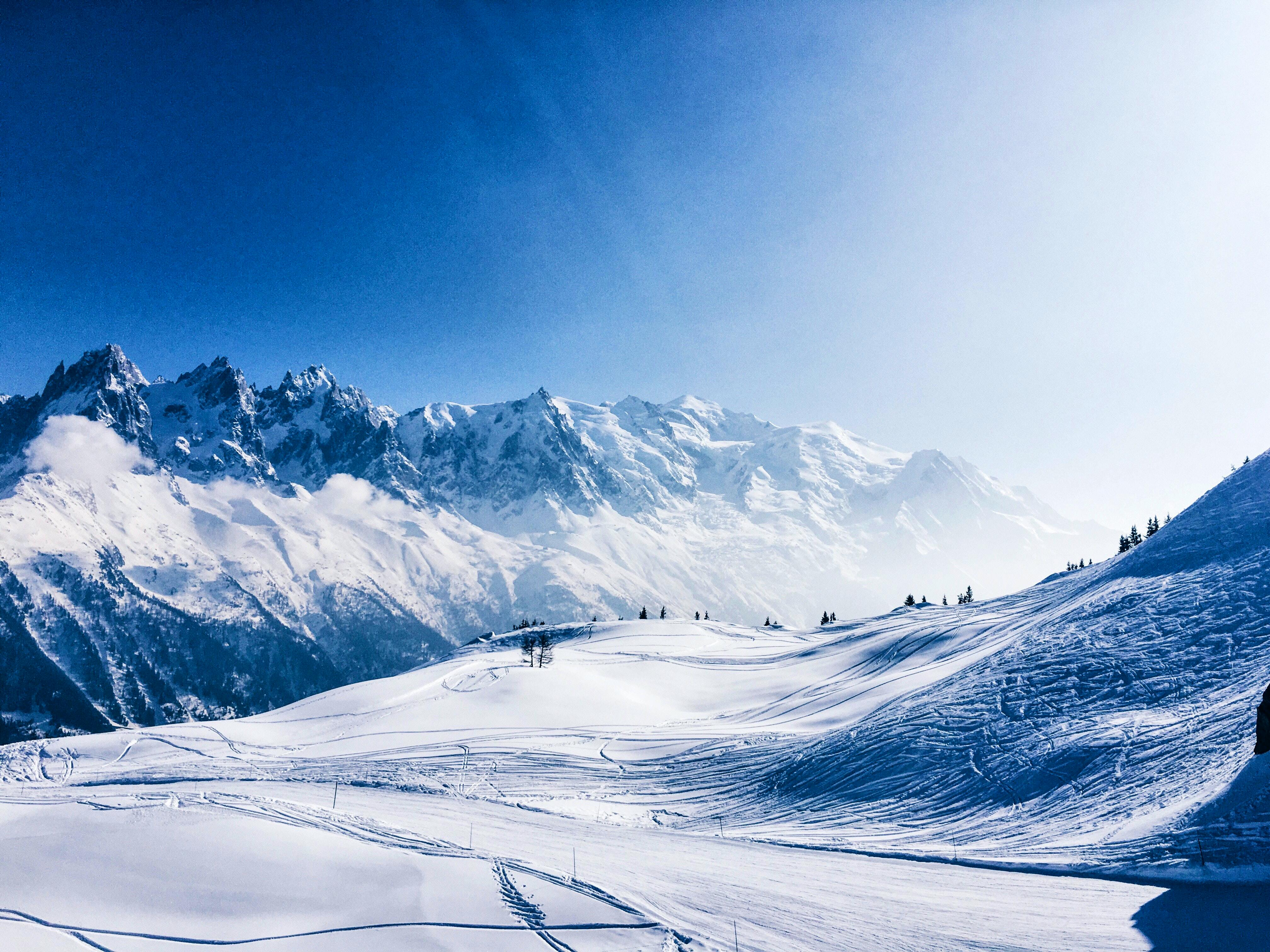Can You Climb Mont Blanc Without A Guide? Everything You Need To Know
Is an Unguided Climb Suitable for You?
Prior mountaineering experience.
Comfort and competence in navigating solo on challenging terrain.
Mont Blanc Knowledge: Extensive research on the mountain's routes, weather patterns, and specific risks is essential. Guidebooks, online resources, and consultations with experienced climbers are invaluable tools.
Physical Fitness: Mont Blanc is not a technical climb, but the altitude and distance demand excellent physical conditioning. Regular training hikes with a weighted backpack will build your endurance.
Mental Resilience: Solo climbing tests your mental fortitude. Be prepared for solitude, potential setbacks, and the ability to make sound decisions under pressure.
You may also like: How hard is it to climb Mont Blanc?

Preparing to Climb Mont Blanc Without a Guide
Season and Timing
Route Selection
Accommodation
Packing Checklist:
Mountaineering clothing: Layered system for changing weather conditions, including waterproof shell, warm insulation layers, and sturdy hiking boots.
Crampons and ice axe: Essential for navigating glaciers and snowfields.
Harness and climbing rope (optional for some routes): Research your chosen route's specific requirements.
Navigation tools: Map, compass, and GPS device with downloaded offline maps for backup.
Headlamp: Essential for early morning ascents and potential emergencies.
First-aid kit: Be prepared to handle minor injuries.
Emergency shelter: Bivouac sack or emergency blanket for unexpected situations.
Sun protection: Sunglasses, sunscreen, and a hat.
Hydration system: Stay hydrated throughout the climb.
High-energy food: Pack enough for the entire journey.
Communication device: A satellite communicator allows you to send SOS messages in case of emergencies (check local regulations for restrictions).
You may like: Things to do in Chamonix in summer

Training and Acclimatisation

The Climb
The Goûter Route

A Note on the Descent
Things to Consider on Your Journey:
Solo and unguided climbing is inherently risky: Be prepared to turn back if weather conditions deteriorate, you experience altitude sickness, or any other factor compromises your safety.
Leave no trace: Respect the mountain environment by packing out all your trash and minimising your impact on the fragile alpine ecosystem.
Start early: Aim for starting your days pre-dawn to benefit from firmer snow and lower avalanche risk.
Energy management: Ration your food and water throughout the trek.
Hydration: Dehydration is a major risk. Continue to sip fluids regularly.
Focus and awareness: Fatigue can lead to carelessness. Maintain focus on every step and potential hazards, especially during your descent when you are tired and have the sense that your mission is accomplished.
Emergency preparedness: Despite meticulous planning, unforeseen situations can arise.
Tips to be Prepared for Emergencies:
First-aid: Be familiar with basic first-aid procedures and carry a well-stocked first-aid kit.
Navigation: In case of bad weather or route confusion, your navigation skills and tools become crucial for finding your way back.
Communication: A satellite communicator allows you to call for help in case of serious injury or life-threatening situations. Be aware of local regulations and restrictions on their use.

Conclusion
More Articles:
Popular Trips with Skyhook:
Find your next adventure
Why Skyhook?
Join over 27,000 Skyhook adventurers who've used our platform to book directly with our vetted local guides, at local prices (we never markup).
Expert Local Guides
Experienced local guides, handpicked by us.
Best Prices
Never pay a markup on the local guide's price.
Exclusive Club
Earn loyalty rewards every time you travel.
Great Social Vibes
Small group tours provide a richer experience.
Stellar Feedback
Over 2,800 reviews, average of 4.9/5 stars.











